Planning your vegetable garden in San Antonio, Texas can be a daunting task, especially with the region’s unique climate and temperature variations. But fear not, we have the solution to help you maximize your gardening success.
Rooted Reminder’s planting calendar enables you to select suitable vegetables based on San Antonio’s climate and planting zones. You can make informed choices and avoid unsuitable plants that may struggle in the local conditions.
So, embrace the calendar, unleash your gardening potential, and savor the joy of gardening in San Antonio TX!
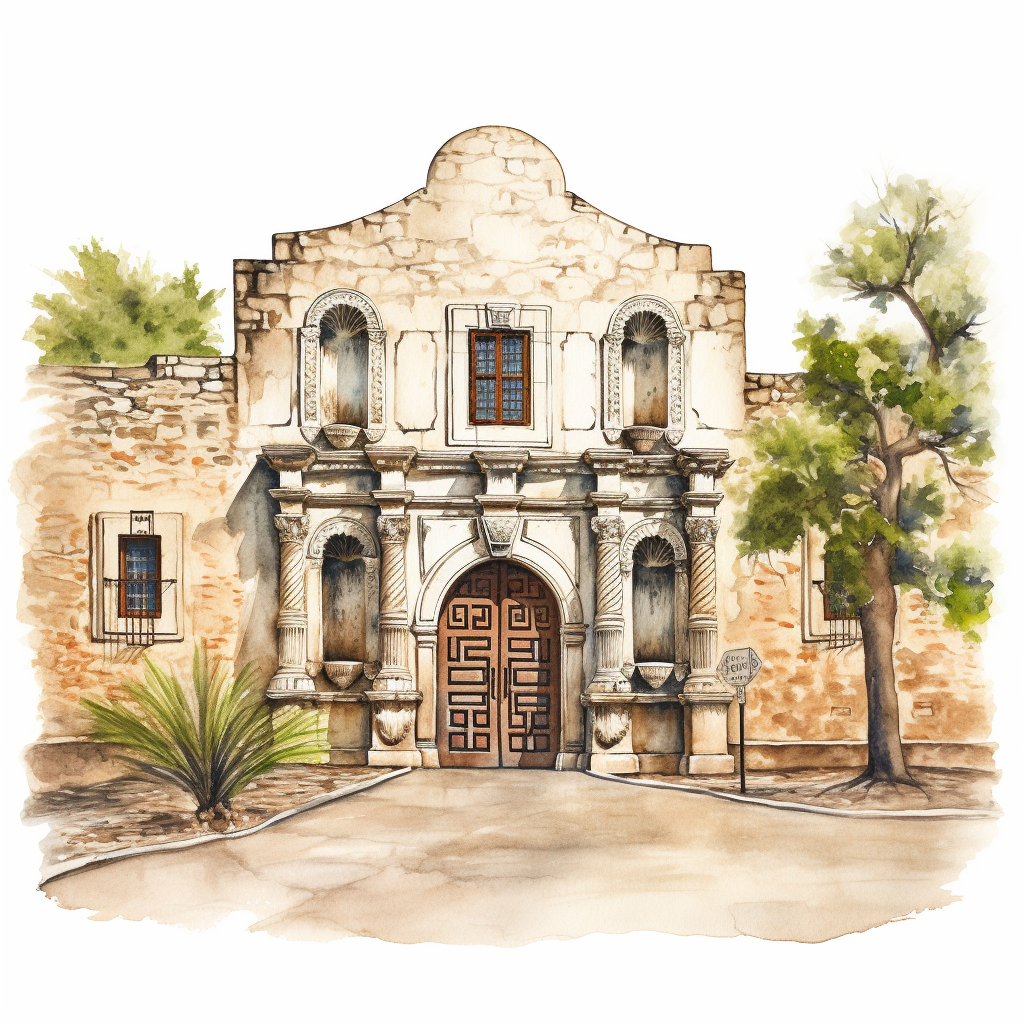
Enhance Your Landscape With the Best Plants Suited for San Antonio
When it comes to creating a beautiful landscape in San Antonio, selecting the right plants can make all the difference. Consider the characteristics of your space, including shade and sunlight, to choose plants that will thrive in your backyard.
To find the best plants for your San Antonio landscape, be sure to explore local gardening centers.
I personally like South Texas Growers, located off Route 46 in Bulverde. Their selection is specifically curated to address the unique challenges faced by Texas gardeners, such as deer-proof and drought-proof varieties. However, there are plenty other gardening centers in the area that can help you with plant selection.
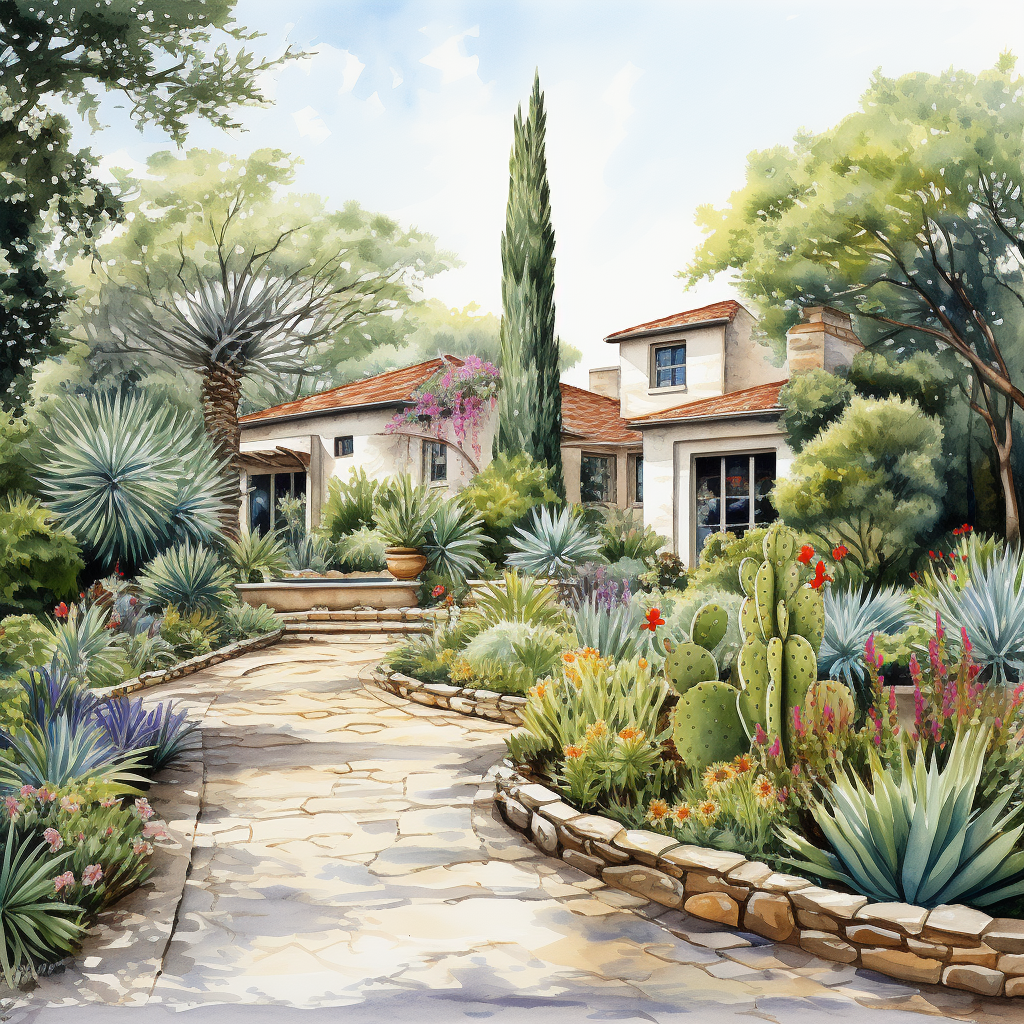
I’d recommend local over a garden center in Home Depot or Tractor Supply since their staff will be more knowledgeable and into gardening.
How to Use the Rooted Reminders Planting Calendar for SATX
The Rooted Reminders planting calendar is a powerful tool that can revolutionize your gardening experience. Here’s how Rooted Reminders helps you plan your garden calendar:
- Personalized Recommendations: Start by entering your zip code into the Rooted Reminders website. This step allows the calendar to provide plant recommendations based on your specific texas zones.
- Frost Dates and Plant Library: Once your location is set, the planting calendar utilizes its vast plant knowledge and integrates frost dates to create a customized calendar for your garden. This feature takes the guesswork out of planting, providing accurate information on when to seed, transplant, or sow each plant.
- Tracking and Reminders: Choose the plants you want to track for your calendar. This feature ensures you stay on top of your gardening tasks by receiving convenient reminders via email or SMS. No more forgetting important planting dates.
- Upcoming Planting Opportunities: The calendar offers ideas for what you may be able to plant soon. This feature is particularly useful for those who enjoy spontaneity or need inspiration for their next gardening project.
By harnessing the power of the Rooted Reminders planting calendar, you can elevate your gardening game to new heights. With personalized recommendations, accurate timing, tracking, and reminders, you’ll experience the joy of a thriving and well-tended garden.
When Should I Plant My Garden in San Antonio?
Planning the perfect timing for planting your garden in San Antonio is essential for a successful and bountiful harvest. Here’s how:
- Local Frost Date Monitoring: Local frost dates are crucial as they determine when it is safe to plant sensitive vegetation. In cooler areas of the city, the first frost may occur as early as mid-November, while in warmer areas, it typically arrives around late January.
- Early Seed Starting for Extended Harvest: To maximize your harvest opportunities, consider starting seeds indoors approximately six to eight weeks before the last frost date. This technique gives your plants a head start and allows for a longer growing season.
- Tailored to San Antonio’s Climate: San Antonio has its own unique climate, and planting schedules should be adapted accordingly. Relying on generalized guidelines may not provide the best results.
- Winter Gardening Planning: If you’re keen on winter gardening, it’s crucial to plan ahead. By considering cold-tolerant crops and utilizing protective measures, you can extend your gardening season even during the colder months.
By understanding the importance of timing and considering local factors, you can determine the best planting times for your San Antonio garden.
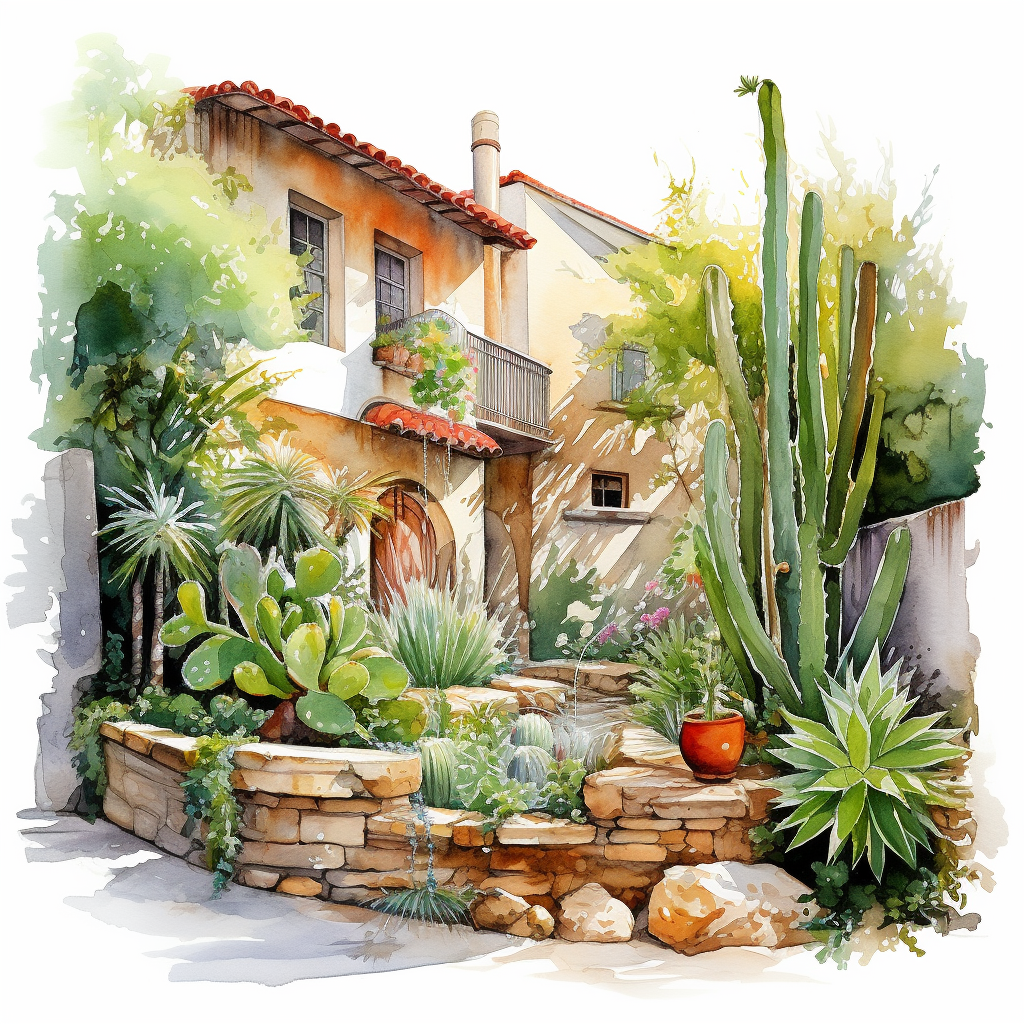
Is the heat in San Antonio, Texas humid or dry?
San Antonio, Texas leans towards a humid subtropical climate. This means that summers in San Antonio are hot and long, while the winters are generally moderate and cool.
Fortunately, the combination of heat and humidity creates an extended growing season outdoors, allowing you to cultivate a wide variety of plants throughout the year. So while growing in the middle of summer can be difficult, there are plenty other parts of the year where gardening is ideal.
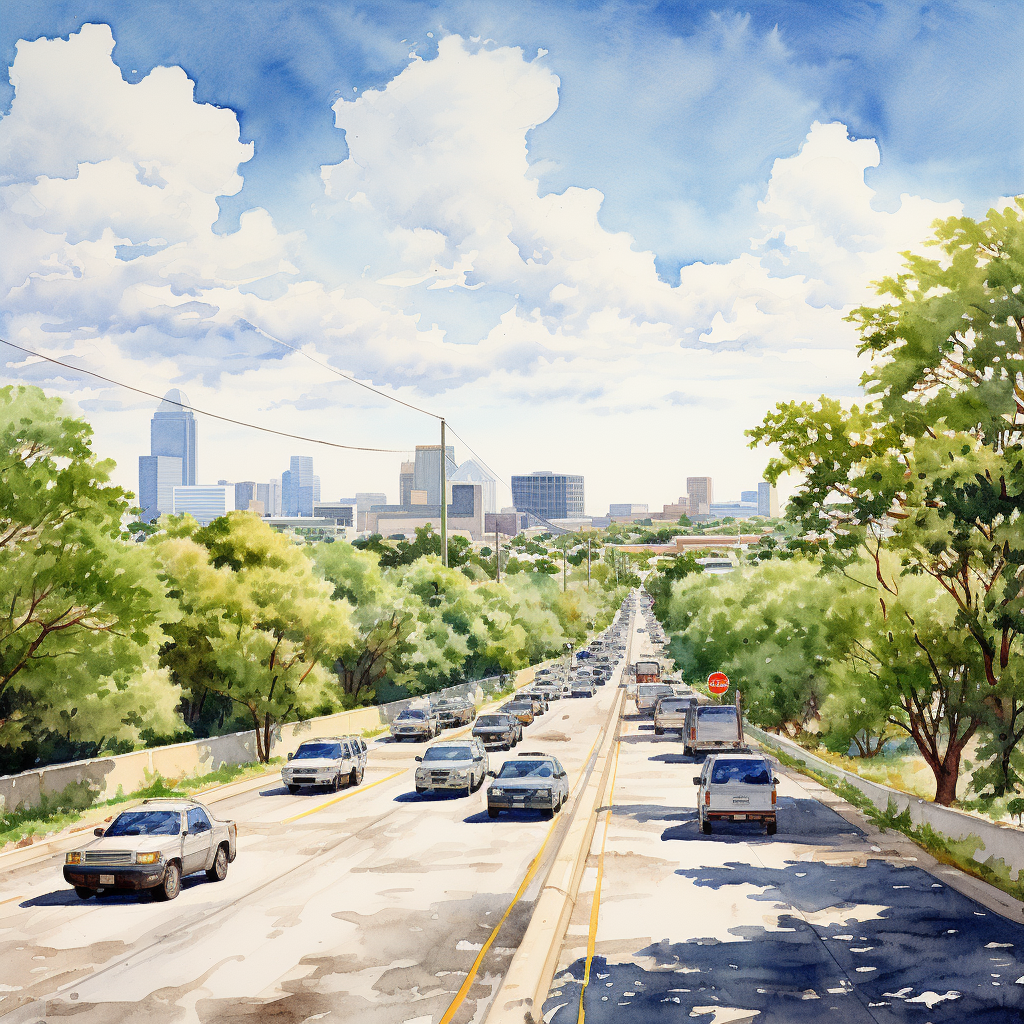
How do I garden with the heat in San Antonio?
Gardening in the scorching heat of San Antonio can be challenging, but with the right strategies, you can overcome the hurdles and enjoy a thriving garden. Here are some tips to help you garden successfully in the heat:
- Raised Beds: Create raised beds for your garden and install an automatic irrigation system. This combination allows for better control over soil moisture and drainage, ensuring your plants receive the right amount of water without the risk of drought stress.
- Shade Structures: Protect your landscaping and plants from the intense mid-day sun by providing shade structures. These structures shield your plants from the harsh rays, reducing heat stress and preventing wilting.
- Heat-Tolerant Crops: Choose crops that thrive in hot weather conditions. Consider growing heat-loving plants such as chili peppers, okra, and eggplant.
By implementing these strategies, you can overcome the challenges of gardening in the heat and enjoy a fruitful garden in the hottest region of San Antonio.
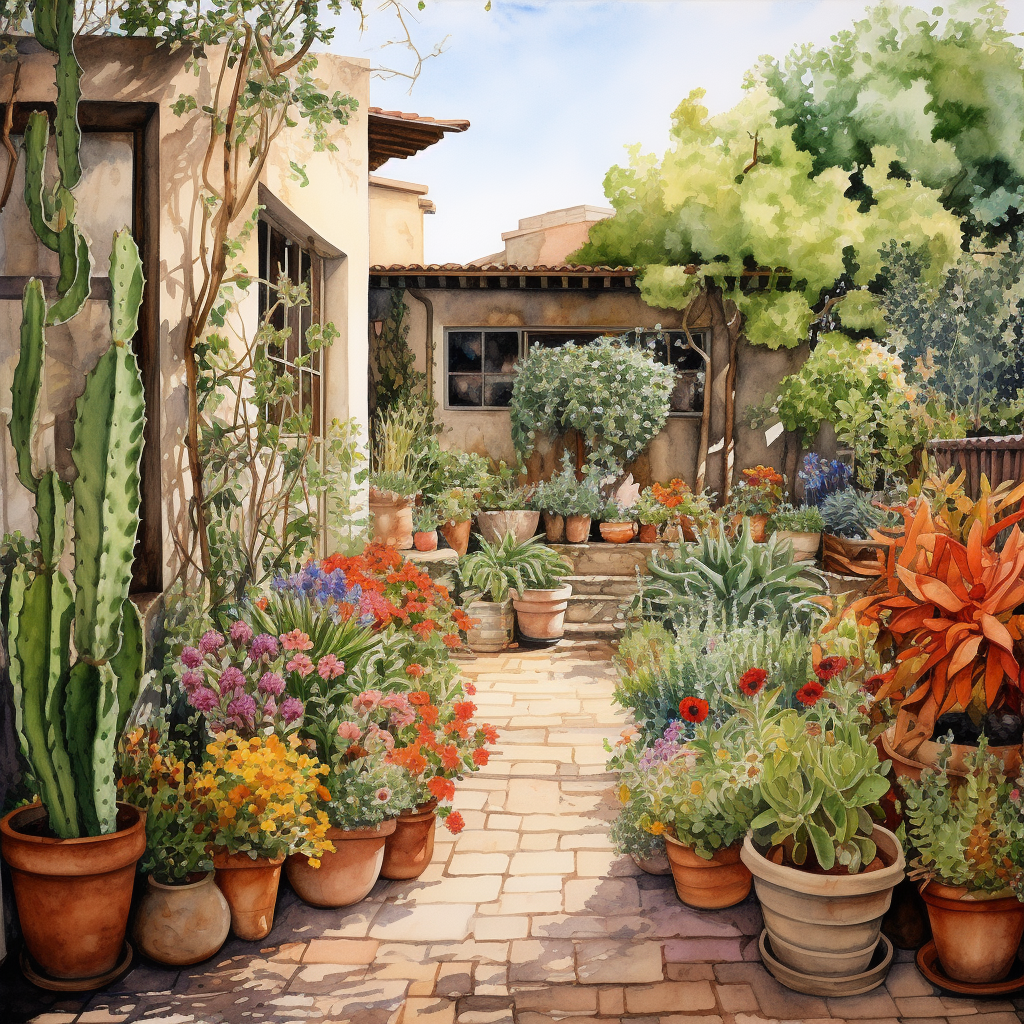
In which hardiness zone is San Antonio in?
In the case of San Antonio, Texas, it falls within two specific plant hardiness zones: 8b and 9a, as classified by the USDA Hardiness Zone Map.
In San Antonio’s Zone 8b, gardeners can take advantage of mild winters, making it possible to grow plants that are adapted to these favorable conditions. This planting zone allows for a wide variety of plant choices, from vibrant flowering shrubs and trees to beautiful perennial flowers.
Moving into Zone 9a, San Antonio embraces a warm climate that is ideal for cultivating heat-loving plants and warm-season crops. Think of the possibilities—luscious tomatoes, zesty chili peppers, and robust okra can thrive in high temperatures in this zone, providing an abundance of fresh flavors for your culinary adventures.
Even more important, when are frost dates in San Antonio?
In San Antonio, frost dates typically occur around the end of March. This means that to get a head start on gardening before the scorching heat sets in, it’s important to start your plants while it’s still cold outside. Yes, it may feel a bit unusual, but February should be a busy month for San Antonians eager to kickstart their gardening endeavors so they can establish themselves before spring and the heat arrives.
How do I deal with the limestone “soil” in San Antonio?
Gardening in San Antonio can present unique challenges, especially when it comes to the hardy limestone soil that dominates the area. If you’ve ever tried to dig a hole in your backyard and encountered nothing but rocks, you know exactly what I’m talking about. But fear not, there are solutions to help you:
- Raised Beds: By creating elevated planting areas, you can bypass the dense limestone and provide your plants with loose, fertile soil. Raised beds offer improved drainage, better control over soil composition, and easier access for gardening tasks. Say goodbye to the frustration of digging in rock-filled soil!
- Container Gardening: Container gardening allows you to bypass the native soil altogether and create a controlled environment for your plants. Consider connecting them to a drip irrigation system for consistent watering.
With raised beds or container gardening, you can create an ideal growing environment for your plants.
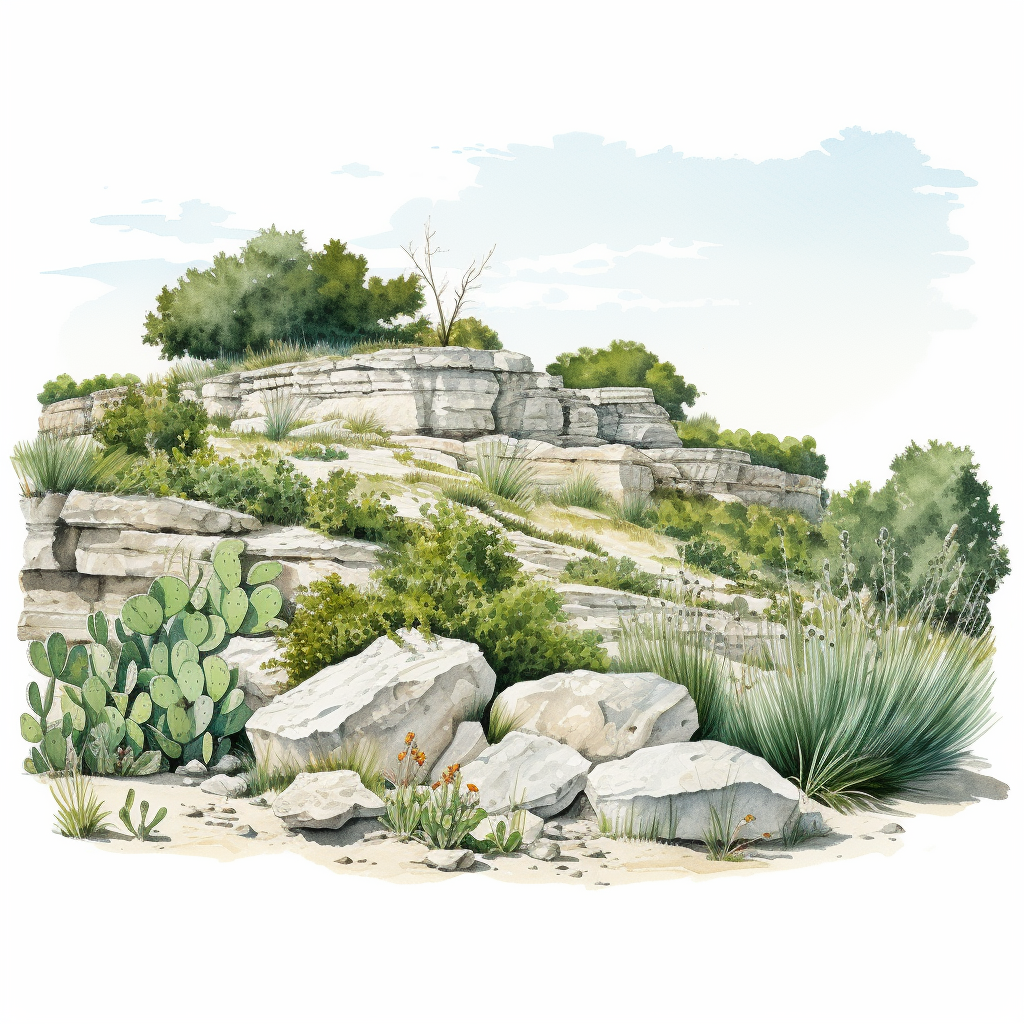
In conclusion, the planting calendar created by Rooted Reminders San Antonio Texas is your key to success in the garden.
So grab your gardening tools, embrace the joy of nurturing plants, and let the Vegetable Planting Calendar be your trusted companion on this rewarding journey of cultivating your own delicious and sustainable food. Happy gardening!

